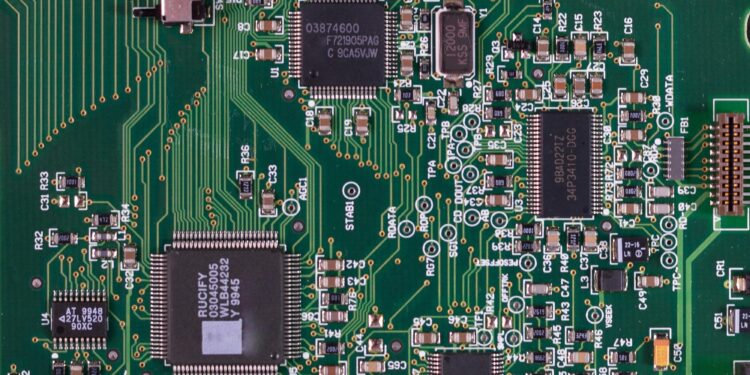In today’s rapidly evolving digital landscape, organizations constantly grapple with the dilemma of choosing the right software architecture to support their business objectives. The decision often boils down to selecting between microservices and monolithic architectures. Both have their unique advantages and challenges, and understanding their key differences is crucial for making informed choices. This article explores these two architectural paradigms, providing insights into their distinct characteristics, benefits, and limitations.
Microservices architecture is a method of designing software systems as a collection of independent, small services, each responsible for a specific functionality. These services communicate with each other through well-defined APIs and can be developed, deployed, and scaled independently.
- Scalability: Microservices allow each service to be scaled independently, providing flexibility to allocate resources where needed.
- Flexibility in Technology: Teams can choose different technologies for different services, optimizing for the best tool for the job.
- Fault Isolation: A failure in one microservice does not necessarily affect the entire system, enhancing overall reliability.
- Faster Time to Market: Independent development and deployment cycles can accelerate delivery times.
- Complexity: Managing numerous services requires robust orchestration and monitoring tools.
- Data Management: Ensuring consistent data across services can be challenging and may require complex strategies.
- Network Latency: Communication between services over the network can introduce latency.
Monolithic architecture refers to a traditional software design where all components of an application are tightly integrated into a single, unified system. This means that the entire application is deployed as a single unit.
- Simplicity: With a single codebase, development and deployment processes are straightforward.
- Performance: Eliminating inter-service communication can result in lower latency and higher performance.
- Ease of Testing: Testing and debugging are simplified due to the unified nature of the codebase.
- Scalability: Scaling requires replicating the entire application, which can be resource-intensive.
- Flexibility: Technology choices are limited to those that work across the entire application.
- Deployment Risk: Any change necessitates redeploying the entire application, increasing the risk of downtime.
Microservices architecture allows for independent development and deployment of services. This means that teams can work on different services simultaneously without affecting the entire system. In contrast, monolithic architecture requires coordinated efforts to make changes, as all components are interdependent.
Microservices offer granular scalability, where each service can be scaled independently based on its demand. Monolithic systems, however, require scaling of the entire application, which can lead to inefficiencies.
Microservices provide the flexibility to use different technologies for different services, known as a polyglot architecture. This allows teams to select the best tools for each task. Monolithic architecture typically relies on a single technology stack for the entire application.
The fault isolation inherent in microservices architecture enhances system reliability. A failure in one service does not necessarily bring down the entire application. In a monolithic system, a single point of failure can affect the whole application.
- Complexity Management: Organizations must have the capability to manage the increased complexity of microservices.
- Infrastructure: Adequate infrastructure and tooling are essential to support microservices’ needs.
- Team Structure: Microservices often require cross-functional teams to manage independent services effectively.
- Simplicity and Cohesion: If simplicity, cohesion, and ease of management are priorities, a monolithic architecture might be suitable.
- Resource Constraints: Monolithic systems can be more resource-efficient in environments with limited resources.
Choosing between microservices and monolithic architecture hinges on your organization’s specific needs, resources, and goals. Microservices offer flexibility, scalability, and resilience, making them ideal for dynamic and growing businesses. On the other hand, monolithic architecture provides simplicity and cohesion, which can be advantageous for smaller or less complex applications.
In the end, the decision should align with your strategic objectives, technological capabilities, and the unique challenges your organization faces. By understanding the key differences between these architectures, you can make an informed choice that supports your business’s growth and innovation.




